For over 25 years, Swen Gillberg has been a key figure in the world of visual effects, working on blockbuster films like Furious 7, Avengers: Infinity War, Free Guy, and The Gray Man.
With over 18 years in visual effects, Lisa Marra has lent her skills to major films including Iron Man 3, Captain America: Civil War, Black Widow, and Thor: Love and Thunder.
What is your background?
Swen // With a background in structural engineering, I started my visual effects career at Digital Domain where I worked for more than two decades on feature films such as The Day After Tomorrow, Real Steel and Furious 7. As a freelance Visual Effects Supervisor, I worked on Avengers: Infinity War, Avengers: Endgame and Free Guy for which I was nominated for an Academy Award.
Lisa // In addition to Deadpool & Wolverine, I worked as VFX Producer with Taika Waititi on Thor: Love & Thunder, Cate Shortland on Black Widow and worked with the Russo Brothers on their four films at Marvel Studios. Prior to that, I was originally based out of Canada, working primarily onset as a Coordinator/Data Wrangler on films such as 300, Journey To The Center of The Earth, 2012 and Percy Jackson & The Lightning Thief.
What was your feeling to be back in the MCU?
Swen // Fantastic. Great to be back in the mix where there is support in telling great stories about these incredible characters.
Lisa // I’ve been incredibly fortunate to have worked in the MCU for the past 14 years. The way these movies – these worlds – are intertwined and woven together is always exciting to see and take part in. Deadpool & Wolverine was an extra special endeavor as it not only linked a new story with the MCU but also introduced the X-Men world with our two heroes.
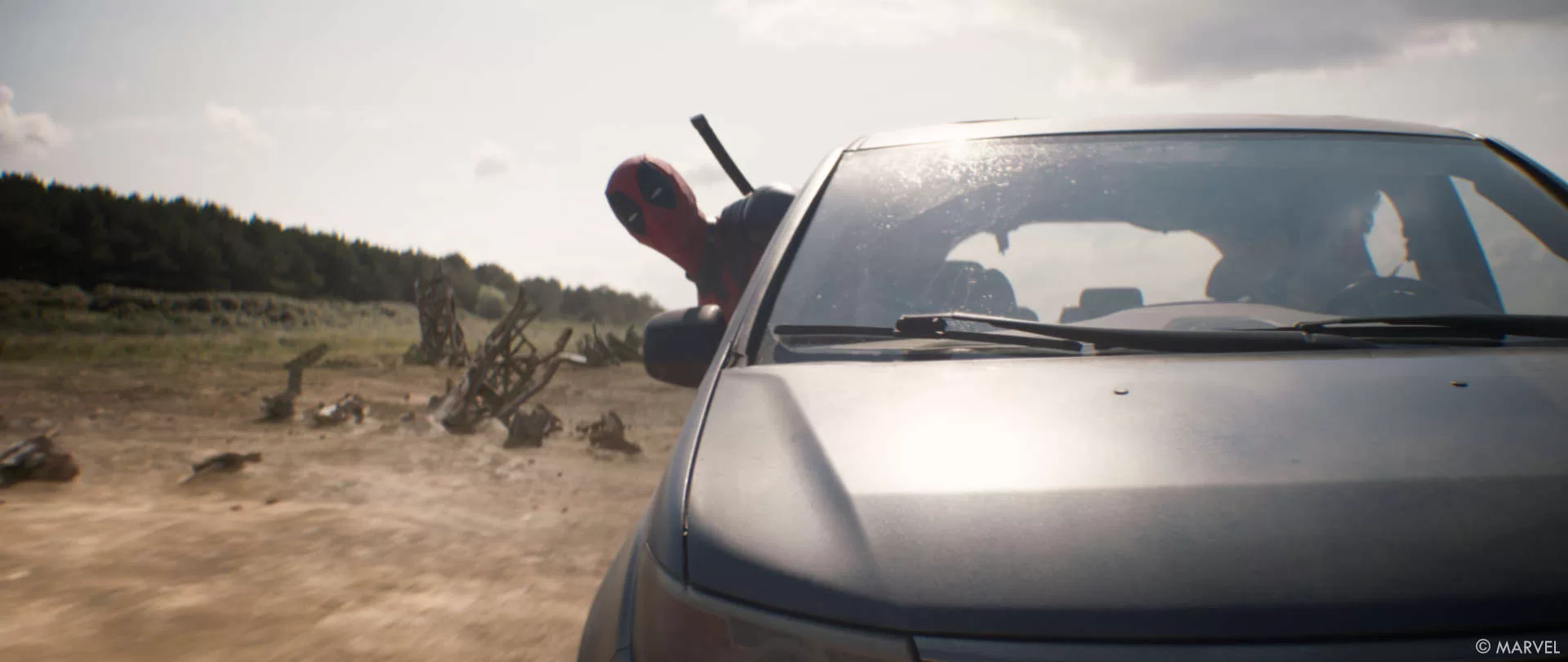
How did you organize the work between you two?
Swen & Lisa // Visual Effects is unique in the world of film as no other department has two Heads of Department. We needed to work as a comprehensive unit; being a team of two acting as one. We attended all meetings together where we advised both on the creative and financial aspects of any/all required digital effects that would help support the story. Swen would lean toward the creative and Lisa, toward financial but we’d bounce everything off each other so we were always in lock step with the visual effects plan for the film.
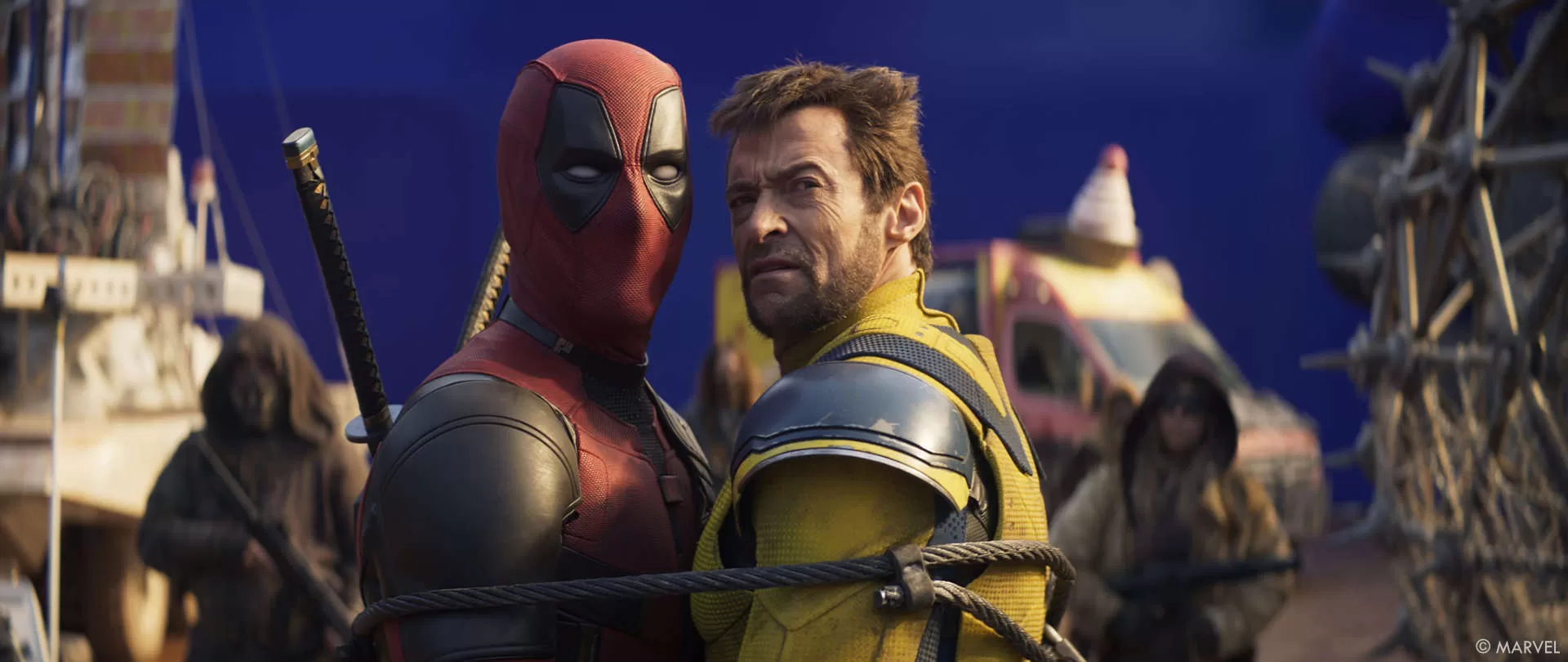
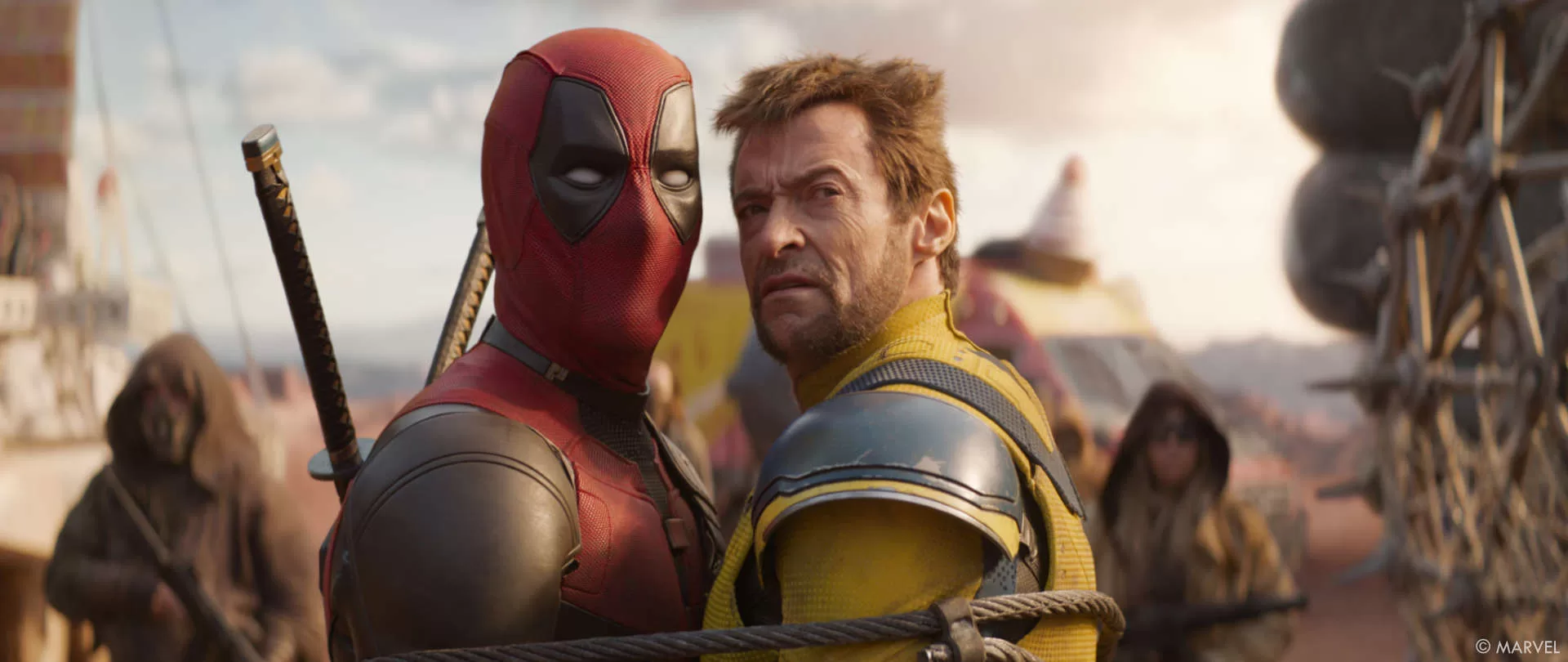
How did you choose the various vendors and split the work amongst them?
Swen & Lisa // We considered many factors when choosing our vendors; skills and specialities, team make-up, capacity and budget. We divided the work by sequence and similar effects. For example; environments, CG characters and fx.
What is the your role on set and how do you work with other departments?
Swen & Lisa // We played an integral role on set and were key players in tying all departments together. Swen would advise how to shoot shots/scenes in order to get the best possible imagery and best plates for our vfx vendors to work with. Many factors need to be considered when deciding what to build vs what will be CG. Budgets, time and practicality are key considerations as well as the action and camera angles the Director and DP are after. Swen then worked with Ray Chan, our Production Designer and Ray’s Art Department to decide where the practical build would end and the CG begin. We worked hand in hand with other departments such as; Art Department, Costumes, Hair/Make up, Props, Set Dec, SFX, Camera, Lighting, Grips and Editorial. We would regularly meet with all departments individually to discuss our approach and confirm it was still the best plan as the script and story evolved.
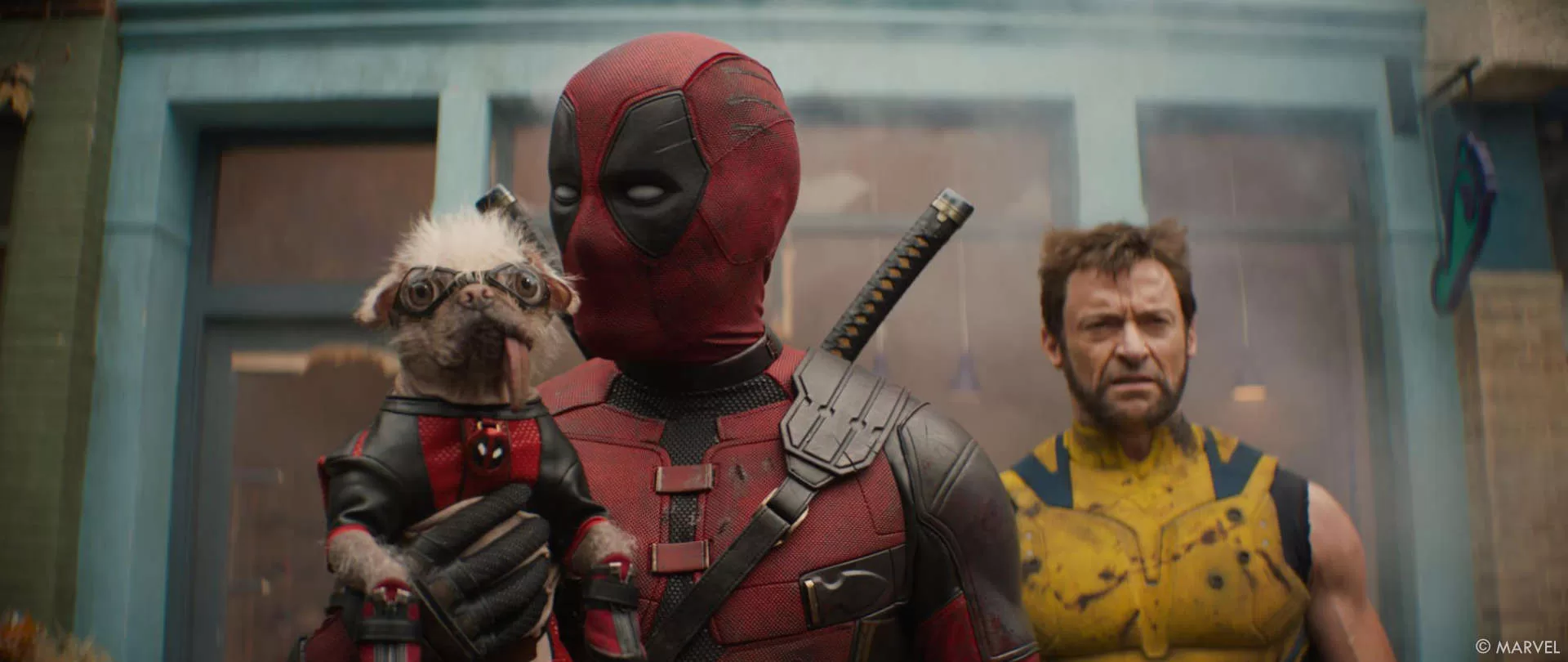
Can you discuss the collaboration process between the VFX team and the director?
Swen & Lisa // We work incredibly close with the Director through all phases of production (pre-production, filming and post-production). Being one of the first departments on the project, we started working with Shawn early on to help visualize the script, working with of a very talented team of storyboard artists. While we were filming, in addition to advising onset, we would present Shawn with concepts, development items and previs that would help visualize where the story was going. This practice continued all the way through post. Shot production is an iterative process and through daily Director meetings, we would present Shawn with the shots as they developed, integrating his notes through to finaling the movie.
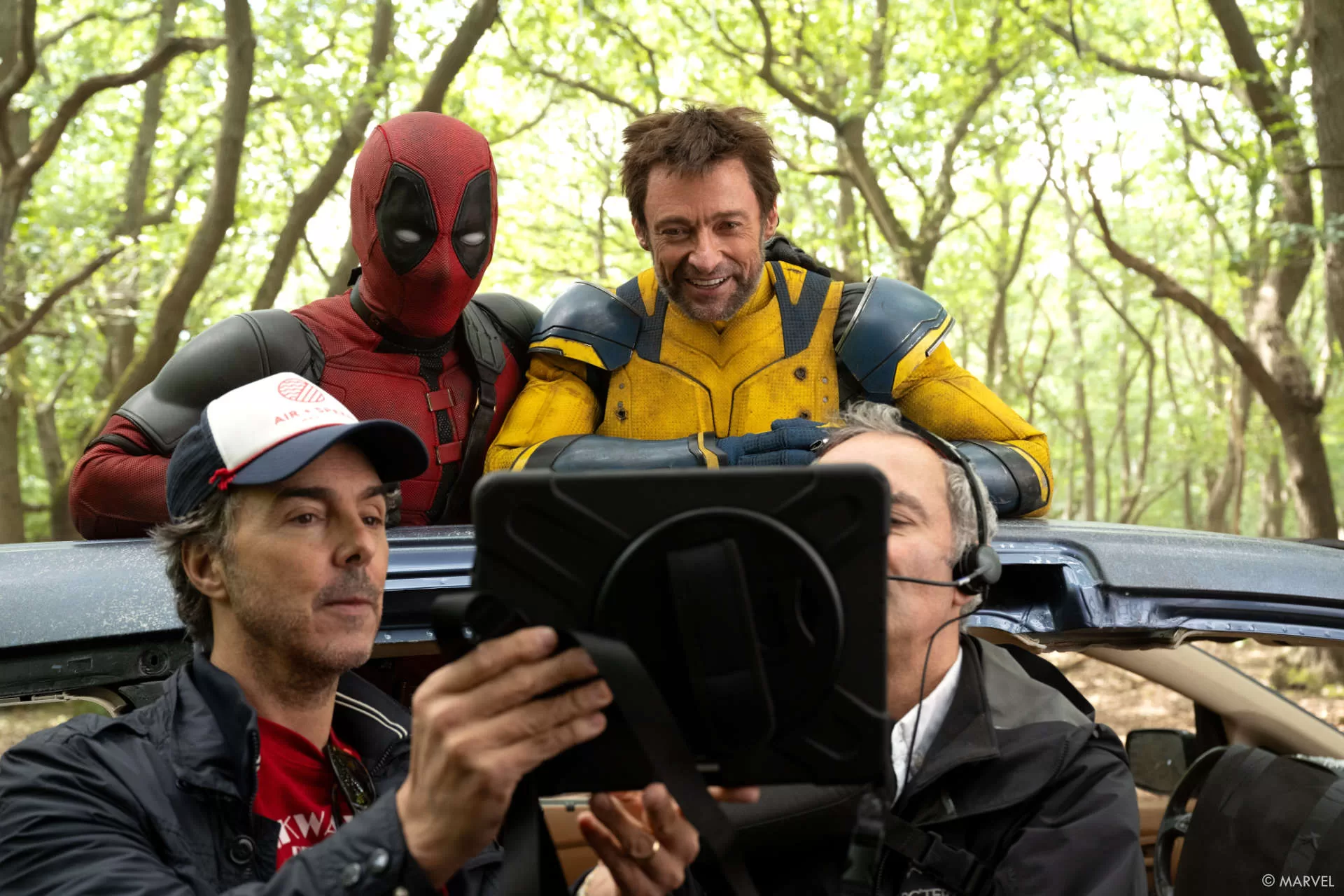
How were the fight sequences choreographed and enhanced with visual effects especially the impressive opening sequence?
Swen & Lisa // Because it was not only a fight scene but also the opening credits, a lot needed to be considered when designing the choreography such as timing, where the credits would be placed and how we would integrate them into the action. We first storyboarded the entire sequence and then went to shoot with an edit that was a mixture of stuntvis and previs. During filming, the 2nd Unit Director, George Cottle, shot additional gags in case they were needed as the credit list of approximately 30 names wouldn’t be finalized until well after principal wrapped.
Framestore, Base FX and Method Studios all played vital roles in the sequence. Method pitched the idea of the dancing Deadpool cards as well as provided guides for the text placement and animation. Framestore and Base FX took the shots to final, incorporating the text, adding in digital body parts, blood, debris, fx, environment enhancement, etc.
The sequence was shot in Black Park in London with practical SFX salt and foam snow. Other than atmosphere, falling snow and clean up, the environment was essentially all in-camera. In post, VFX added a number of different levels of blood, debris and gore. After some back and forth with Shawn and Ryan regarding just how much they wanted, we landed at the highest level which in the end heightened the sequence to a whole other level of fun.
8. What techniques were used to create the seamless oner action scenes?
Swen & Lisa // We storyboarded and prevised the sequence before our incredible stunt team took the blue print and really plussed it. Most of the hoard were practical stunt players that were reused in each section. Because it was shot over multiple days and we had a limited number of stunt players, we had to shoot it in parts. This meant the camera needed to be lined up precisely for each section so we could stitch it with the next. In order to get this ultimate precision, we opted to use a motion control rig to help blend 6 stitches. In post we added digital characters to fill in gaps or execute action the stunt players couldn’t perform. For example; Scottish Pool parkoring up the wall and landing on a broadsword. That being said, most of the base of the oner is practical.
After Editorial and Framestore assembled all the stitches, we went through a lengthy clean up process, cleaning up stunt rigs, wires, safety mats, etc. We then went through a detailed battle damage and blood & gore pass. At the end of the oner, both Deadpool and Wolverine are digital doubles when they crash out of the back of the bus. There are deep background set extensions in both directions including digital signs of life such as cars, people and trees. It really is an incredibly involved shot.
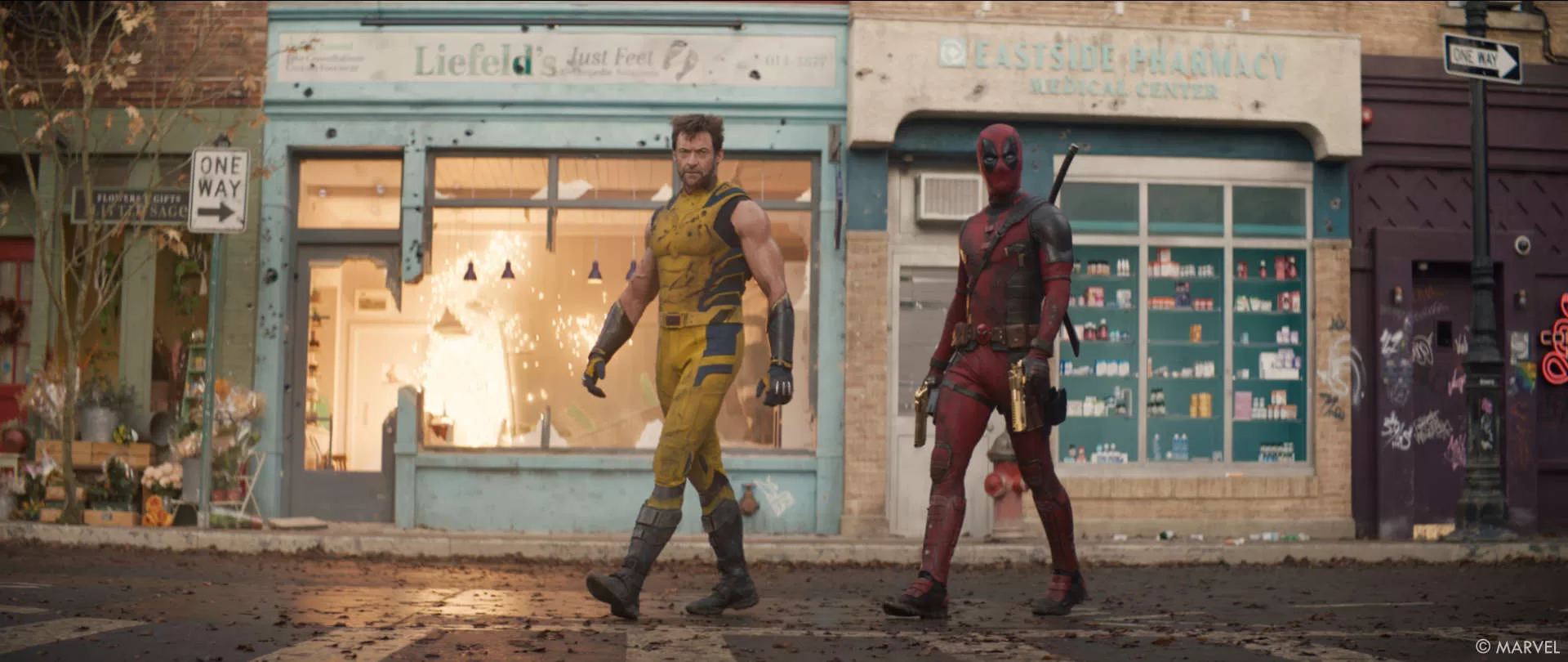
Can you explain the process of designing the environments in the Void?
Swen & Lisa // The original environment was based heavily off our Production Designer, Ray Chan’s concepts and the art department built a sizable set based on these concepts. VFX then went through a second design process. Working with the director and Ryan, we added additional elements/easter eggs that were personal to the filmmakers or callbacks to other MCU films. For example, in the background sand dunes you’ll see the Avengers’ Leviathan, Captain America 2’s Hellicarrier as well as the CN Tower, an iconic Toronto landmark (both Shawn and Ryan being Canadian, it only made sense that we see some Canadiana in the Void). On top of that we added drifting sand atmosphere and digital skies to help integrate our digital environment.
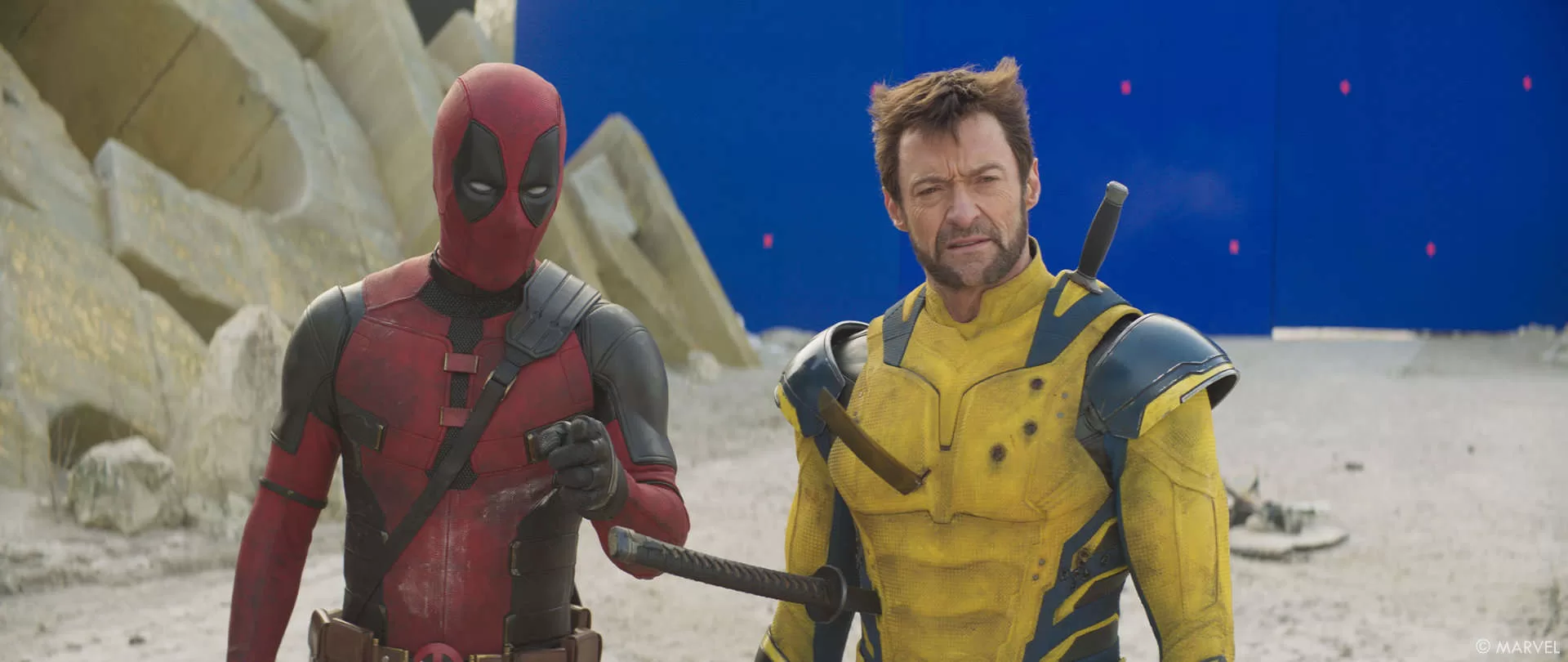
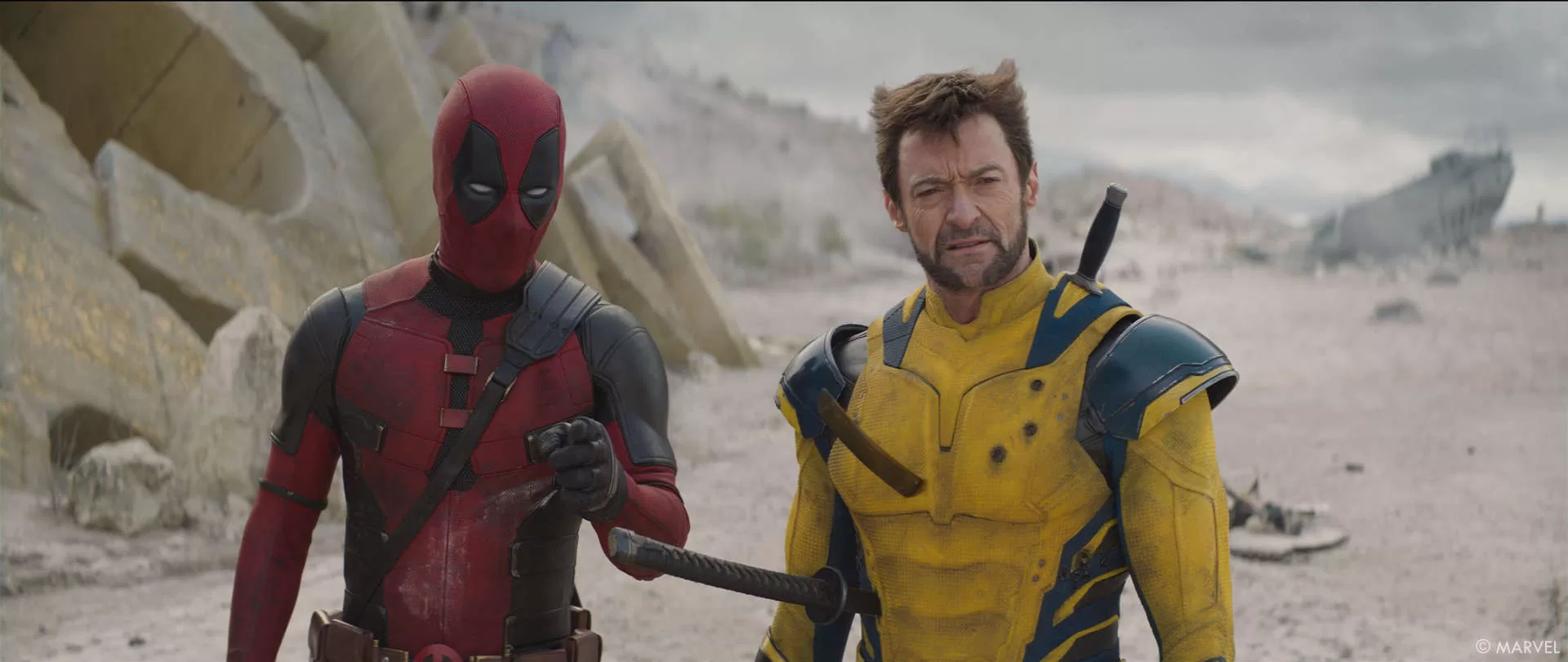
How did you achieve the atmospheric effects in the Void environment and for Alioth?
An innovative atmospheric technique that ILM developed for the snowy scenes was to balance the snow levels. For the assault scene at Casandra’s Lair we shot a lot of the snow in the assault scene practically. Sometimes there was too little snow and sometimes there was too much. Using a new technique, ILM were able to remove the practical snow and then digitally add back in the appropriate amount. Something that has not been possible in the past.
We effectively reused the Alioth asset ILM created for Loki Season 1, Episode 5. Because the asset was so large, ILM divided it into slices so they could simulate it across multiple processors. Sim times were about 1-4’ish hours per slice. For the close-up shots ILM used 1-3 separate slices to break up the sim times, on the further away shots up to 30 slices. Render time of these sims or imagery could sometimes take up to 60+ hours. Needless to say, the disk space foot print of this asset was substantial.
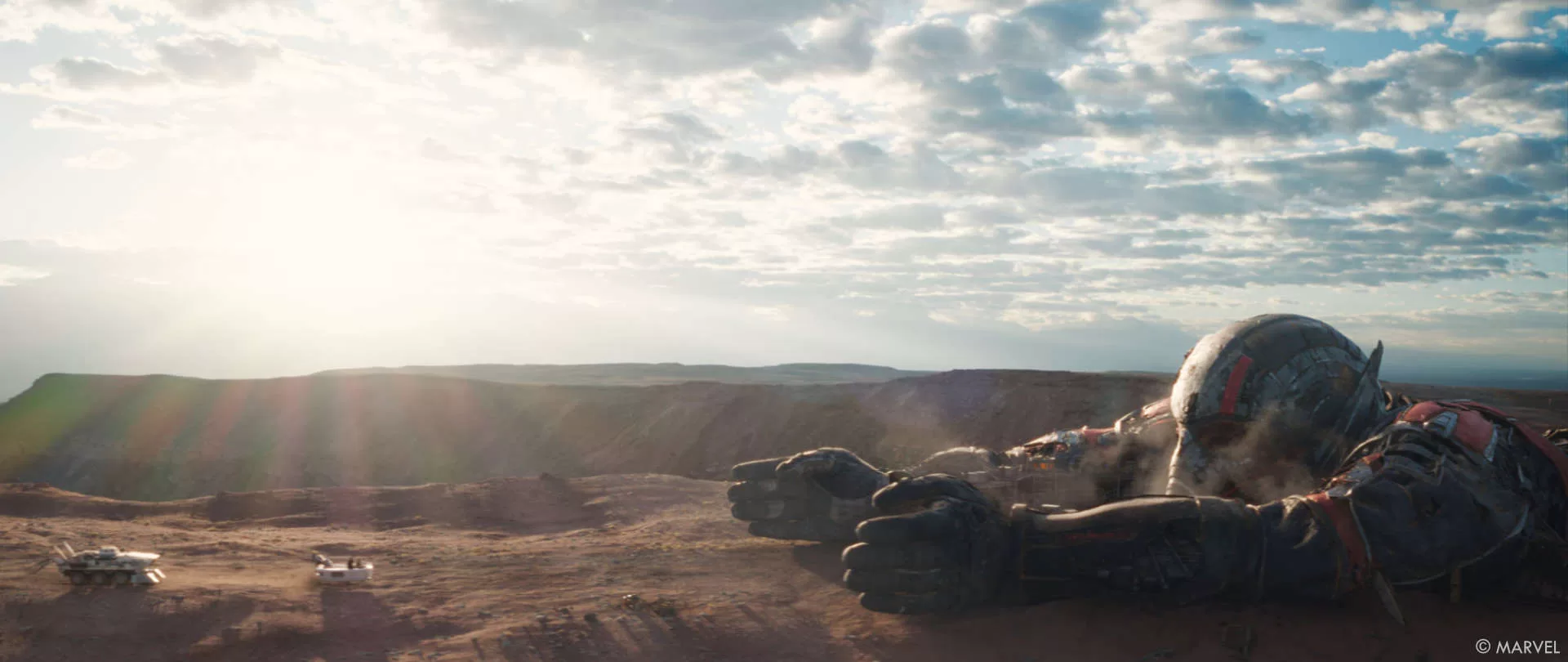
How did you ensure consistency in visual effects across different environments?
Swen & Lisa // That’s the fun of it. The environments are purposefully not consistent as we wanted the Void to be a strange place that changed radically throughout the movie. Our heroes go from the Wasteland, to Cassandra’s lair to a cliff top, a diner, a hilly terrain, from a cornfield into sunny sand dunes then into a snowy desert. The Void has it all!
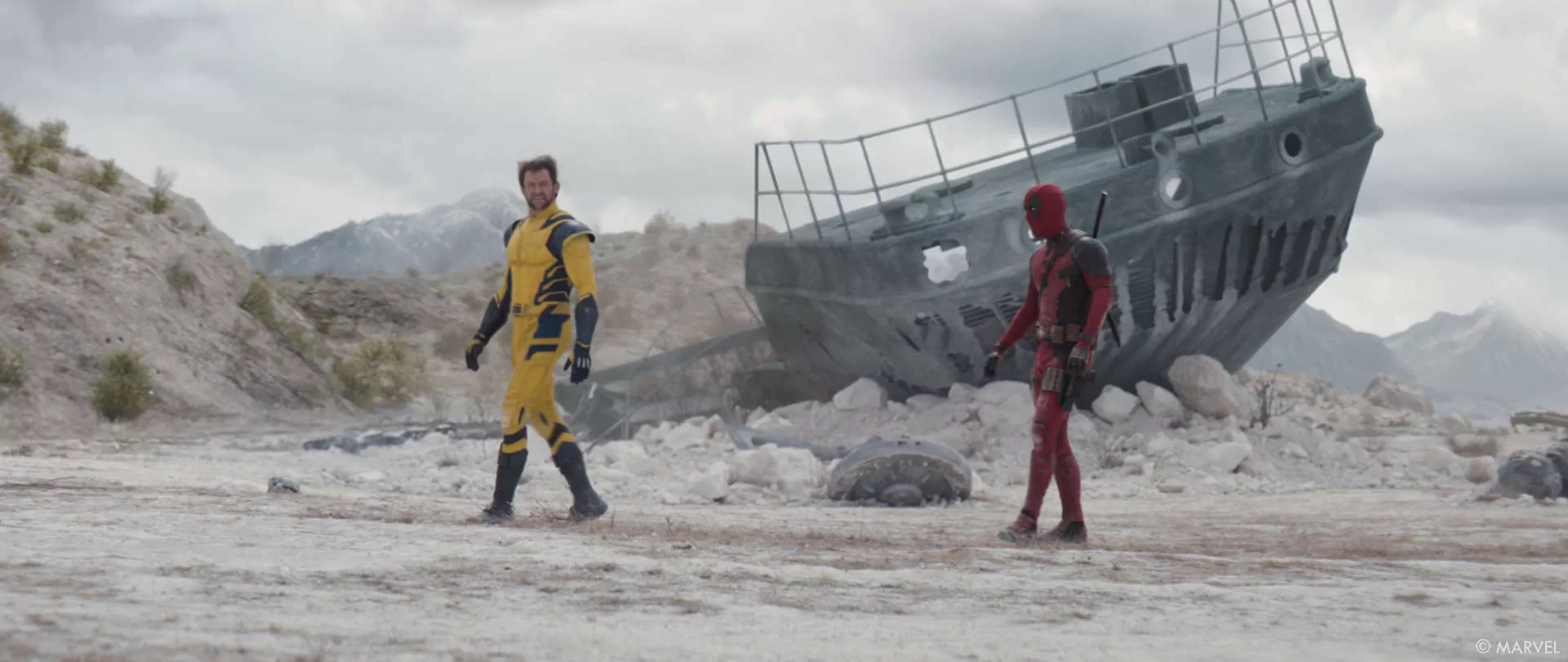
In what ways were practical effects combined with CGI for a more authentic feel?
Swen & Lisa // The filmmakers wanted a grounded movie so we endeavored to shoot as much as possible outdoors, rather than on a blue screen stage, giving environments a more grounded feeling. There are CG elements and visual effects everywhere but starting with a solid base helps to give the overall film a realistic look. For example, we shot the cliff top on a very small, exterior set in a parking lot at Pinewood studios (in freezing temperatures) and even though 90% of the background is CG, having plates lit with real sunlight gave Raynault VFX a solid start to create an incredibly beautiful, realistic sequence.
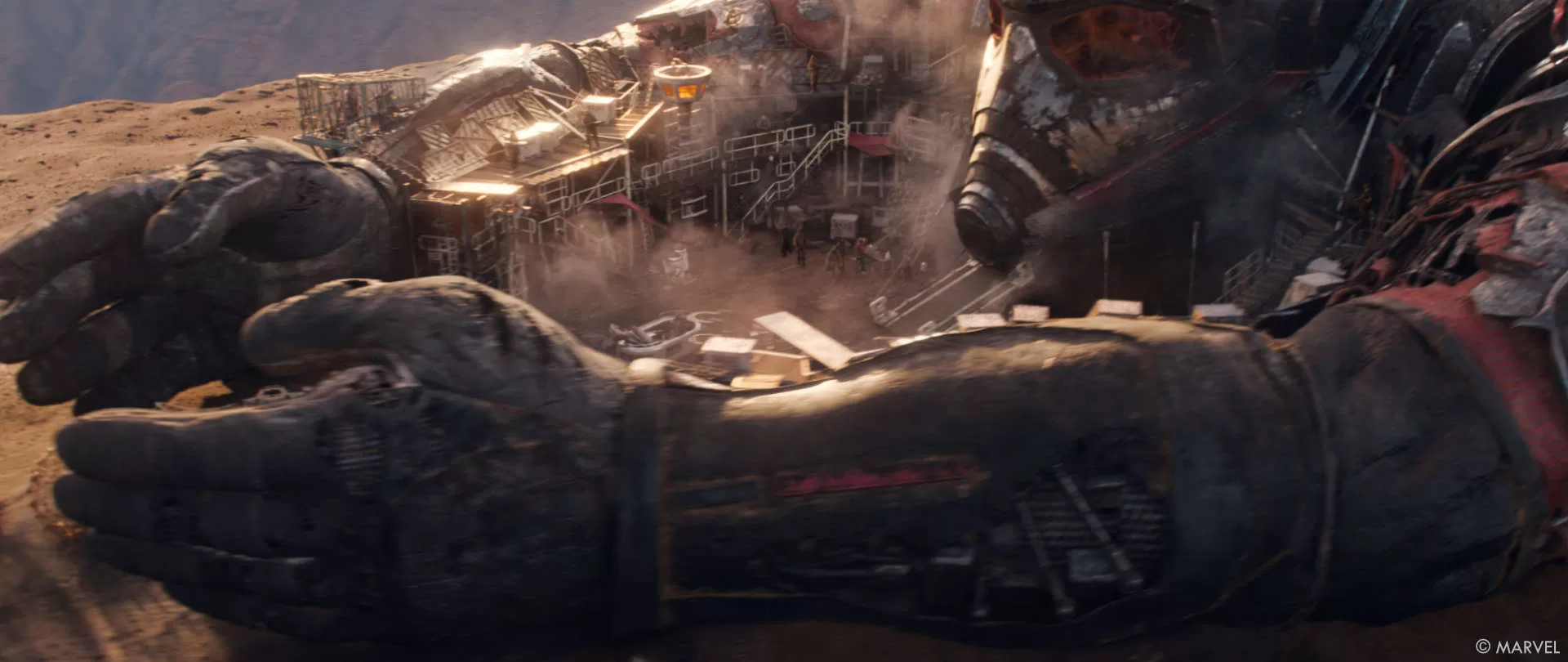
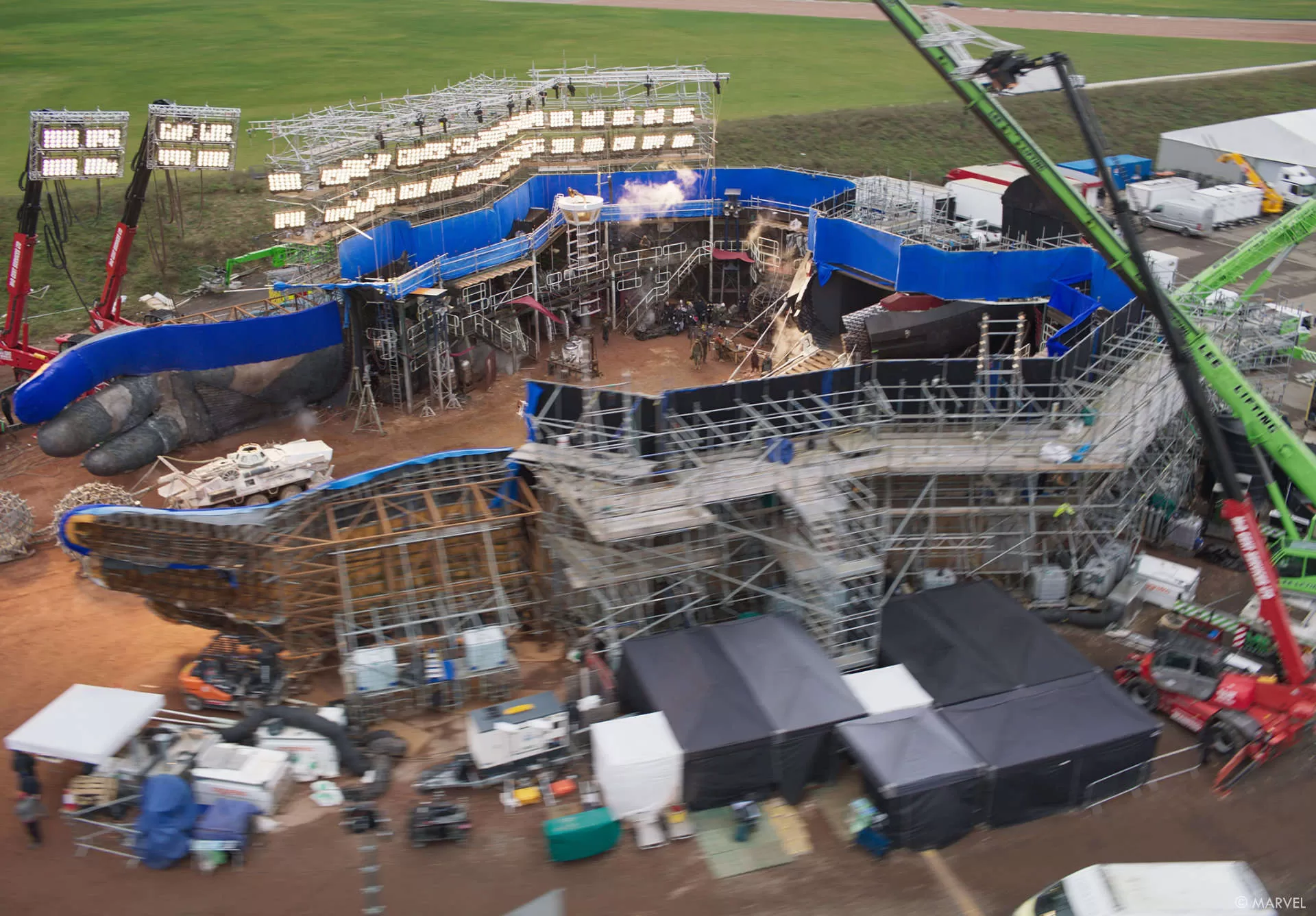
What approach did you take to design and animate Cassandra’s psychic abilities, and what unexpected technical or creative challenges did you face in portraying her mind manipulation powers, especially in the most memorable scenes?
Swen & Lisa // The most challenging and rewarding scene was in the City Streets in the 3rd act when Cassandra puts her hand through Paradox’s face in a series of extreme close-up shots. This took many months of planning for both the shoot and the digital builds. We knew we needed an incredibly detailed digital version of Matthew McFadyen’s head as well as Emma Corrin’s hand. We used Clear Angle’s Dorothy scanning rig to collect pore level detail scans of our actors that we gave to Framestore, and over several months they created photorealistic, animatable 3D versions of Matthew and Emma. After shooting the scene with both actors and getting selected plates from Editorial, we did blocking/animation passes of her hand through his face that we would review with Shawn regularly. Framestore then completed final animation with complex creature passes that would show the movement of fine facial muscles along with the detail of Emma’s digital fingers imprinted through the skin of Mathews face.
We shot our actors together during principal photography and then again during additional photography where we picked up some more dialogue. This gave the filmmakers the option to choose different performances for each character. As a result, in multiple shots, we had to marry Emma’s performance from one plate with our digital double of Paradox emulating Matthew’s performance from another. This added a high degree of complexity to the integration work since the character’s performances were so heavily tied together.
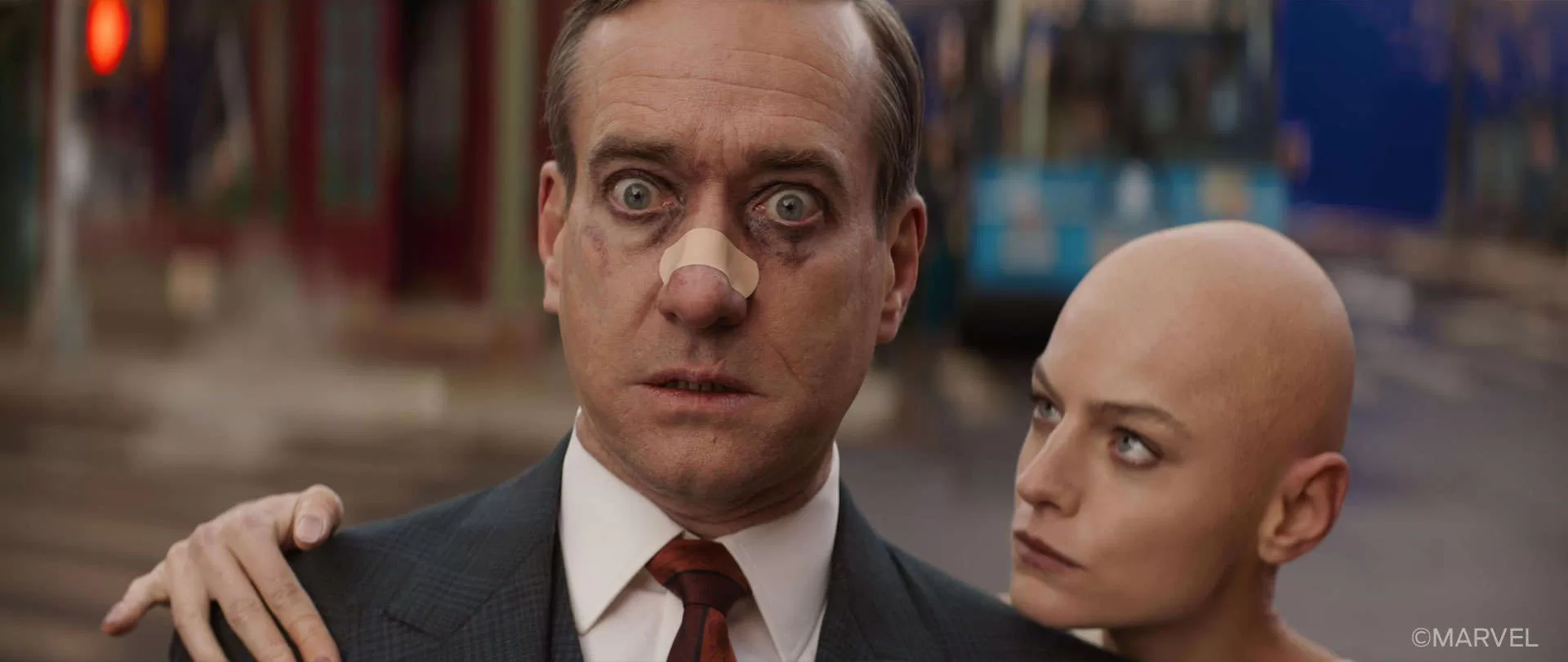
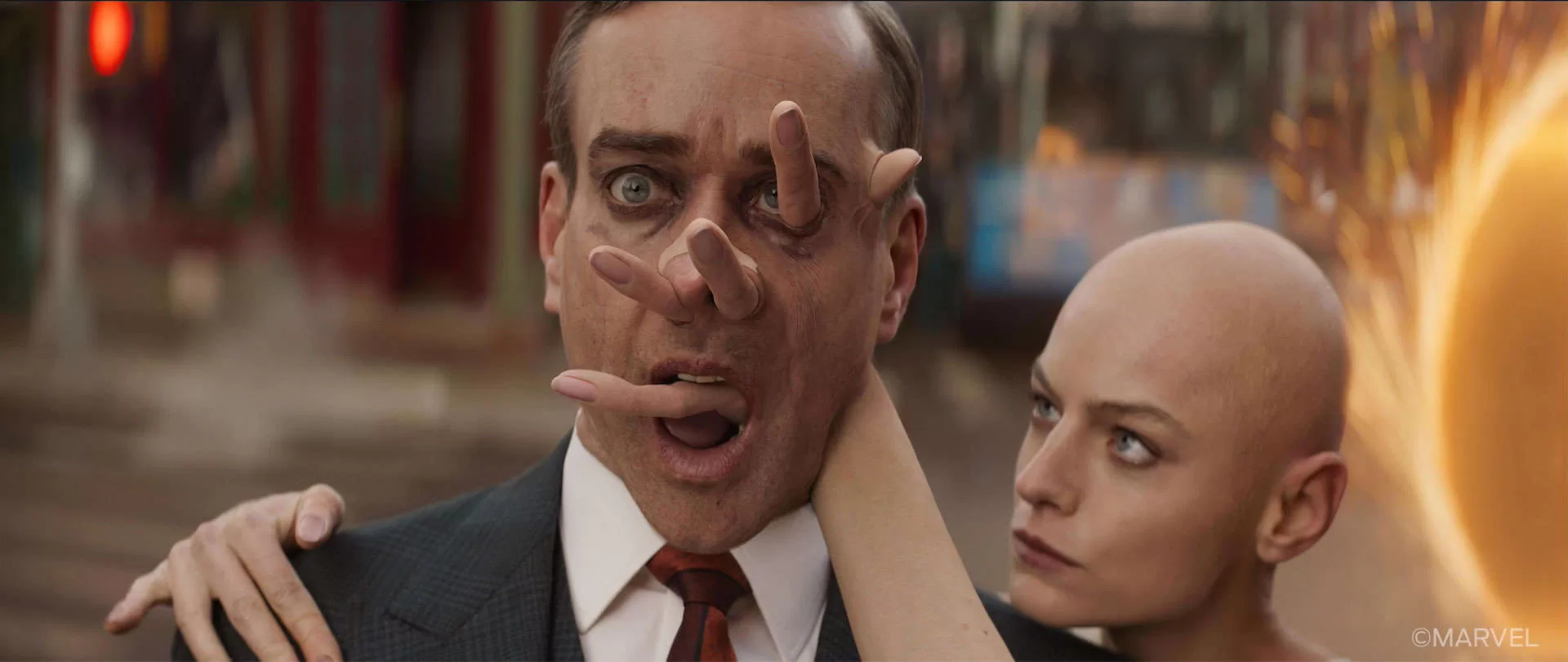
How long have you worked on this show?
We started in November 2022.
What’s the VFX shots count?
2345 shots.
What is your next project?
Not sure yet. Just enjoying the summer!
A big thanks for your time.
WANT TO KNOW MORE?
Framestore: Dedicated page about Deadpool & Wolverine on Framestore website.
ILM: Dedicated page about Deadpool & Wolverine on ILM website.
Raynault VFX: Dedicated page about Deadpool & Wolverine on Raynault VFX website.
Weta FX: Dedicated page about Deadpool & Wolverine on Weta FX website.
© Vincent Frei – The Art of VFX – 2024




